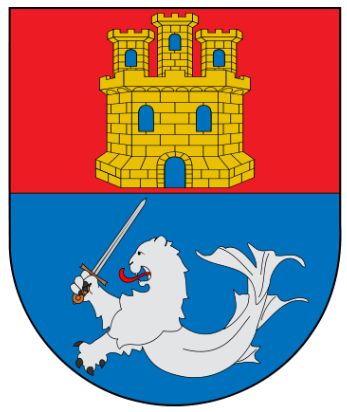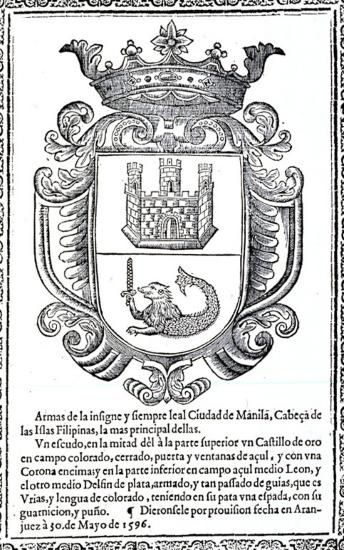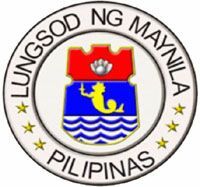Manila: Difference between revisions
Jump to navigation
Jump to search
Knorrepoes (talk | contribs) m (removed Category:Philippines; added Category:Municipalities of the Philippines using HotCat) |
Knorrepoes (talk | contribs) |
||
| Line 17: | Line 17: | ||
The waves symbolise the Pasig River, a most important landmark whose length and path throughout the city chronicle the beginnings and the progress of Manila's commerce and industry. | The waves symbolise the Pasig River, a most important landmark whose length and path throughout the city chronicle the beginnings and the progress of Manila's commerce and industry. | ||
The castle symbolizes the Spanish | The castle symbolizes the Spanish castle, th emain structure at the time. | ||
{|align="center" | {|align="center" | ||
| Line 23: | Line 23: | ||
|align="center"|[[File:manilaseal.jpg|center]] <br/>The present seal of the city | |align="center"|[[File:manilaseal.jpg|center]] <br/>The present seal of the city | ||
|} | |} | ||
[[Literature]] : information from Jude Grupe | |||
[[Category:Municipalities of the Philippines]] | [[Category:Municipalities of the Philippines]] | ||
[[Category:Granted 1596]] | [[Category:Granted 1596]] | ||
Revision as of 16:06, 13 June 2015
| Heraldry of the World Civic heraldry of the Philippines |
MANILLA
Official blazon
Origin/meaning
The arms were officially granted on May 30, 1596.
The sea lion, en garde, stands for the authority of the City Government as being protective and defensive of Manila's people and territory.
The waves symbolise the Pasig River, a most important landmark whose length and path throughout the city chronicle the beginnings and the progress of Manila's commerce and industry.
The castle symbolizes the Spanish castle, th emain structure at the time.
| Image of the original grant of arms |
The present seal of the city |
Literature : information from Jude Grupe



